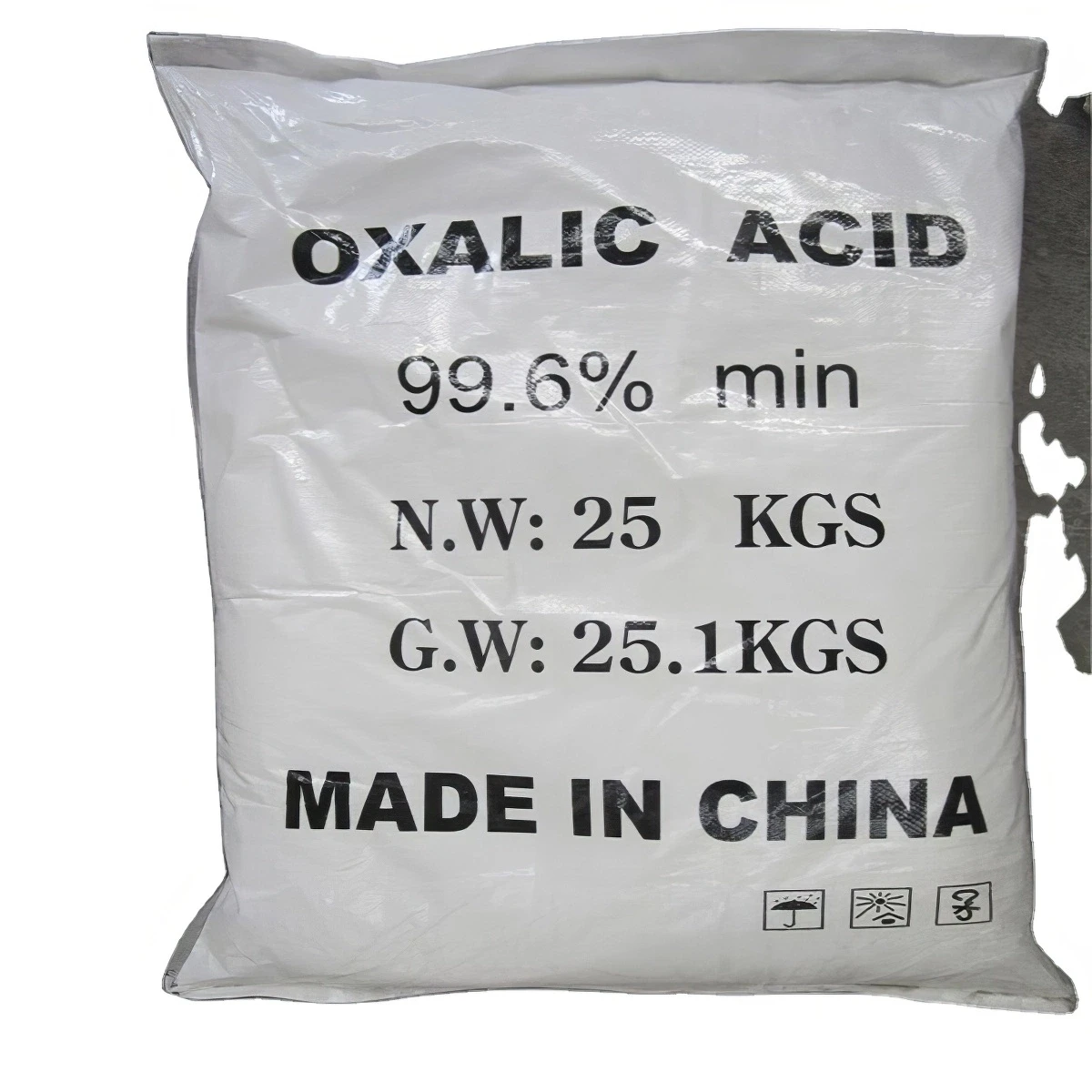



chlorine dioxide water purification
Chlorine Dioxide Water Purification An Effective Solution for Safe Drinking Water
Water is an essential resource for life, and ensuring its safety is paramount for public health. Many methods exist for water purification, but one of the most effective and innovative solutions is the use of chlorine dioxide (ClO2). Chlorine dioxide is a powerful oxidizing agent that offers several advantages over conventional water treatment methods, making it a popular choice for purifying drinking water.
What is Chlorine Dioxide?
Chlorine dioxide is a yellowish-green gas at room temperature, soluble in water, and known for its strong biocidal properties. It was first discovered in the 19th century and has since been used in various industrial applications, including bleaching and disinfection. In the context of water purification, chlorine dioxide effectively targets bacteria, viruses, and other pathogens, ensuring the water is safe for consumption.
How Does Chlorine Dioxide Work?
Chlorine dioxide operates through a process called oxidation. When introduced into water, it forms free radicals that attack and destroy the cell walls of microorganisms, leading to their inactivation. Unlike chlorine, which can form harmful disinfection by-products, chlorine dioxide breaks down into harmless substances, making it a more environmentally friendly option.
When treating water, chlorine dioxide rapidly dilutes and acts effectively even at lower concentrations. This property is particularly beneficial in wastewater treatment, where higher contamination levels are often present. Moreover, chlorine dioxide has a broader spectrum of antimicrobial activity compared to traditional chlorine disinfection methods, effectively killing pathogens that chlorine alone may miss.
Benefits of Chlorine Dioxide in Water Purification
1. Efficacy Against Pathogens Chlorine dioxide is highly effective against a wide range of microorganisms, including bacteria (e.g., E. coli, Salmonella), viruses (e.g., hepatitis A), and protozoa (e.g., Giardia). Its strong oxidizing power ensures that even resistant strains are effectively neutralized.
chlorine dioxide water purification

2. Minimal Noxious By-products One significant advantage of chlorine dioxide over chlorine is its lower propensity to form harmful by-products during the disinfection process. While chlorine can react with organic matter to form trihalomethanes (THMs), many of which are carcinogenic, chlorine dioxide primarily decomposes into chlorite and chlorate, which are less toxic.
3. Effective Disinfection at Lower Concentrations Chlorine dioxide is effective at lower concentrations than chlorine. This means that less chemical needs to be used to achieve the same disinfection level, providing economic advantages and reducing the environmental impact of treatment.
4. Residual Disinfection One of the key features of chlorine dioxide is its ability to remain effective over time. This property ensures persistent disinfection in water distribution systems, protecting against potential recontamination as water travels from treatment facilities to end-users.
5. Taste and Odor Neutrality Chlorine dioxide does not impart strong tastes or odors to water, unlike chlorine and ozone that can leave undesirable flavors. This characteristic enhances the overall drinking water experience, encouraging higher consumption of safe water.
Challenges and Considerations
While chlorine dioxide is a powerful disinfectant, its use does come with challenges. The generation and handling of chlorine dioxide must be managed carefully, as it is a gas that can be hazardous in high concentrations. Treatment facilities must ensure proper safety protocols are in place to mitigate risks associated with its use.
Additionally, the precise dosing of chlorine dioxide is critical to avoid inadequate treatment or formation of harmful chlorite residues. Regular monitoring and control of water quality parameters are essential to ensure the effectiveness of the disinfection process.
Conclusion
In summary, chlorine dioxide represents a promising and effective solution for water purification. With its potent antimicrobial properties, minimal formation of harmful by-products, and persistent disinfection capabilities, it stands out as a compelling alternative to traditional methods. As the global demand for safe drinking water continues to rise, the adoption of advanced disinfection technologies like chlorine dioxide is critical to protect public health and ensure access to clean water for all. Investing in proper training, monitoring, and management of chlorine dioxide in water treatment will pave the way for safer and healthier communities.
-
Why Sodium Persulfate Is Everywhere NowNewsJul.07,2025
-
Why Polyacrylamide Is in High DemandNewsJul.07,2025
-
Understanding Paint Chemicals and Their ApplicationsNewsJul.07,2025
-
Smart Use Of Mining ChemicalsNewsJul.07,2025
-
Practical Uses of Potassium MonopersulfateNewsJul.07,2025
-
Agrochemicals In Real FarmingNewsJul.07,2025
-
Sodium Chlorite Hot UsesNewsJul.01,2025










